We all know the Marine Corps celebrates its birthday in a big way, but that doesn't mean the other branches aren't worth celebrating. The United States Air Force was created after President Harry S. Truman signed the National Security Act of 1947. On September 18, 1947, W. Stuart Symington became Secretary of the Air Force, making September 18 the service's official birthday. In honor of its 77th birthday, let's take a look at some of the airmen who shaped the history and development of the world's premiere aerospace force. Gen. Billy Mitchell: The Father of the Air Force It's hard to imagine a time when the world's top military thinkers just didn't believe that airplanes would make any sort of difference on a battlefield. Also known as the "Father of the Air Force," Gen. William "Billy" Mitchell had the foresight to know exactly what air power could bring. Mitchell even set out to prove it by sinking battleships. His advocacy for a separate Air Force landed him a court martial...
Great Military Stories
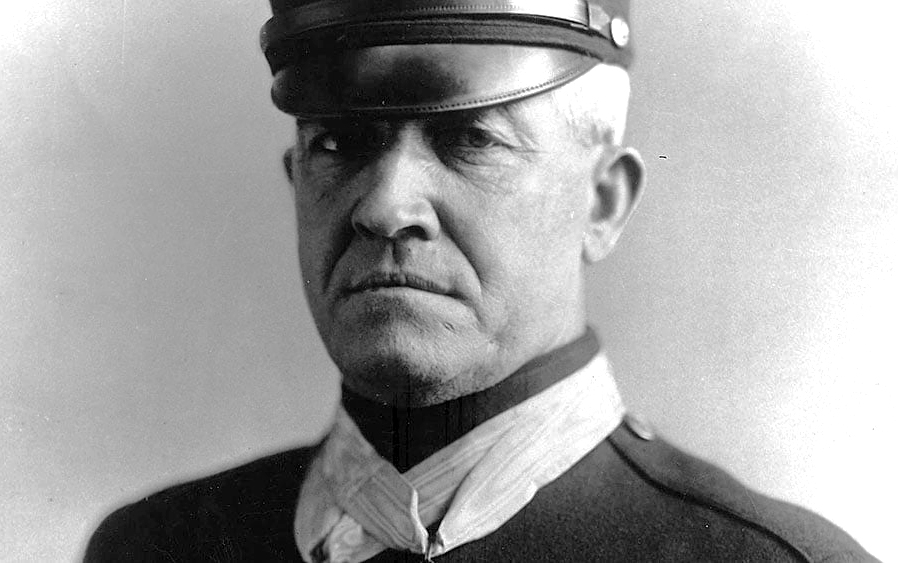
SgtMaj Daniel J. Daly, U.S. Marine Corps (1899–1929)
Only two Marines have received the Medal of Honor for two separate actions: Maj. Gen Smedley Butler and SgtMaj. Daniel J. Daly. And you know it has to mean something when Butler called Daly "the fightingest Marine I ever knew." SgtMaj Daniel J. Daly and the Boxer Rebellion Daly served in the Marine Corps for 30 years, seeing every major Marine Corps campaign between 1899 and 1929. Growing up in New York City as a slender youth, he had to be tough; he even became a semi-pro boxer before joining the Marines at age 25. His first assignment took him halfway around the world aboard the USS Newark, then a cruiser assigned to the U.S. Asiatic Fleet – and it was about to take him to his first Medal of Honor action. Not long after Daly joined up, China was in upheaval. Anti-foreigner and anti-Christian sentiment boiled over into open rebellion against outsiders interfering with life in China. Hundreds of thousands of Chinese peasants, known as Boxers, rose up and began murdering missionaries,...
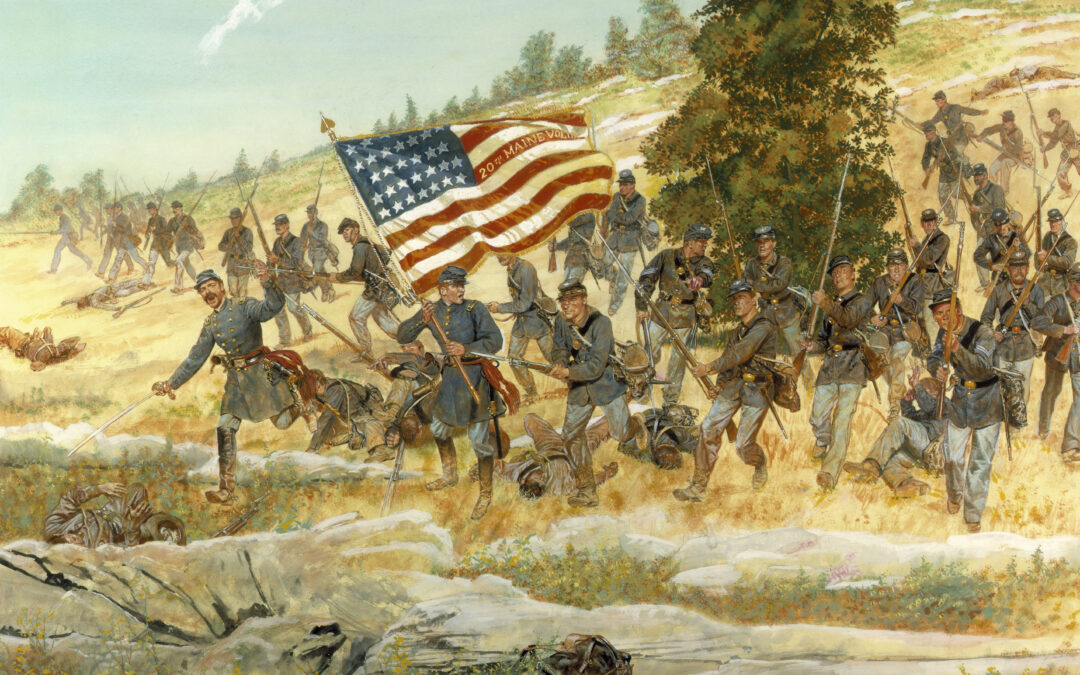
Famous Army Units: The 20th Maine Infantry Regiment
On 7 Jun 2019, the “Ballad of the 20th Maine” (not written and composed by Griffin Sherry until 2015) became Maine’s official State Ballad by an act of Governor Janet Mills. Organized from the Maine Volunteer Militia in August 1862, the 20th Maine mustered into Federal service several weeks later. The precursor regiment’s enlistments ran up in 1863, but about half the unit had signed papers to serve for the three years, so they were amalgamated into the 20th Maine Volunteer Infantry Regiment raised primarily from the Brewer area. Assigned to the Army of the Potomac, the regiment fought in the Antietam, Fredericksburg, and Chancellorsville campaigns. At Gettysburg, the 20th was commanded by Colonel Joshua L. Chamberlain (aka “the Lion of Bowdoin”), a former professor at Maine’s Bowdoin College.
SCPO Shannon Kent, U.S. Navy (2003-2019)
For 15 years, Shannon Kent's job was to gather intelligence against the United States' deadliest enemies. The U.S. Navy Senior Chief Cryptologic Technician worked alongside the National Security Agency (NSA) in some of the world's most dangerous areas. The information she acquired would often lead to surgical strikes from American special operations forces around the world – and she was among the best at her job. Tragically, her years-long career in gathering intelligence is not the only legacy she leaves behind. Kent would become the first female service member killed in Syria when an ISIS suicide bomber attacked a restaurant in the northern Syrian city of Manbij in 2019. The 35-year-old left behind a husband and two children. Shannon Kent was a native of upstate New York and was an outstanding student-athlete and scholar as a youth. She enlisted in the U.S. Navy in 2003, became a Cryptologic Technician, and was assigned to support the Navy's special warfare operations. Not...

The Chivalry of Medieval Knights
While today's definition of chivalry places a moral emphasis on social virtues, the medieval sense of chivalry guided knights both in and out of combat, especially in their interactions with women. There was a good reason for orders of knights to introduce such a code of conduct: their heavily armored mounted troops needed to be reined in the unrestrained violence they inflicted on civilian populations. The Chivalry of Medieval Knights: Myths and Mercenaries In the modern day, we tend to think of knights as virtuous and honorable, but in the knights' heyday, they were actually like medieval tanks who could wreak havoc on unarmed populations whenever they wanted - and they often did. They were often hired mercenaries who were promised money or land in return for serving what we would today call a warlord. By 1100, churches all over Europe began to pray for God's help in delivering them from the whims of roving knights - and that deliverance would come in the form of romantic...
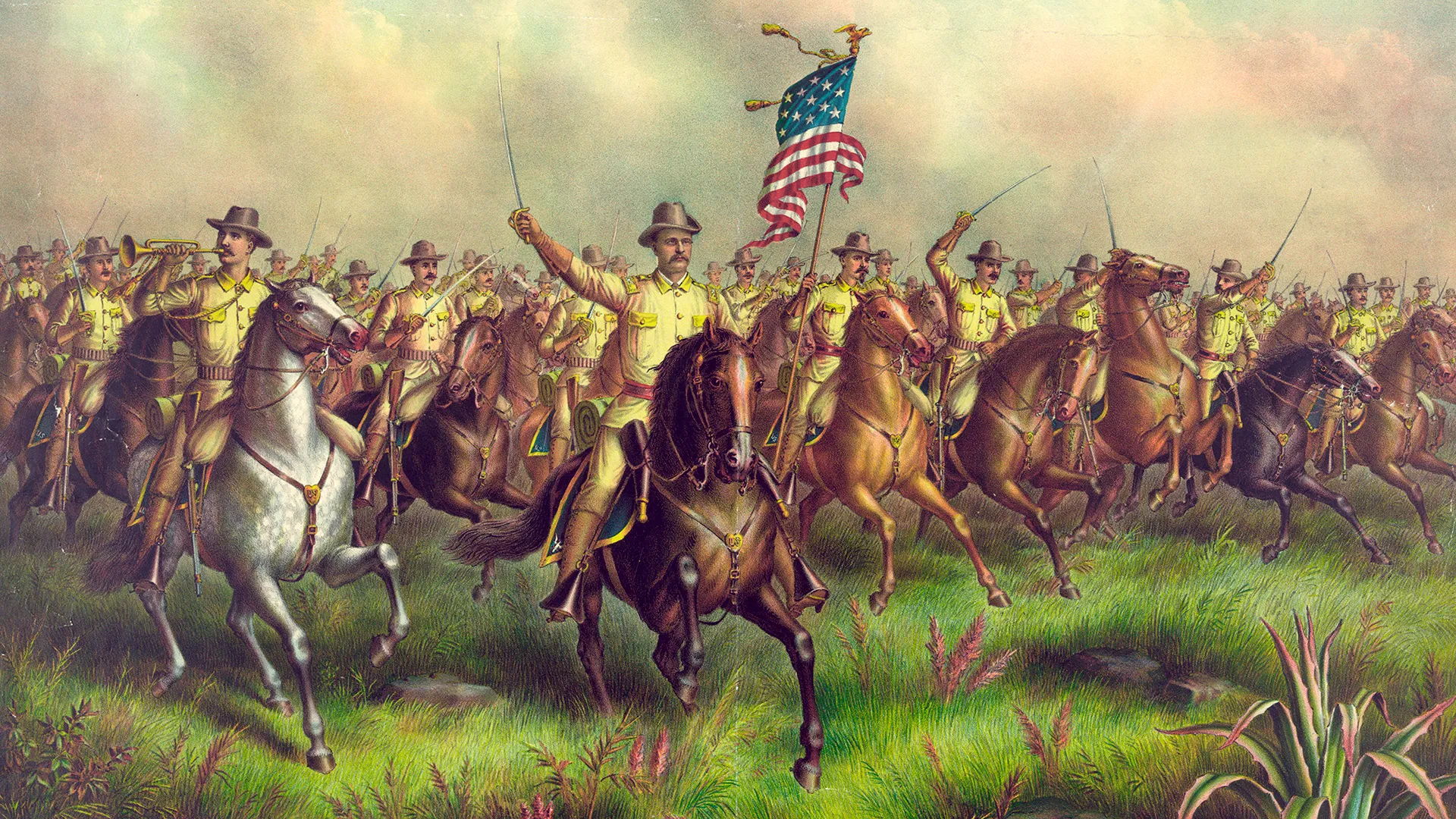
The Spanish–American War – The Battle of San Juan Hill
When we think of the Spanish-American War's Battle of San Juan Hill, most of us likely think of future president Theodore Roosevelt and his band of Rough Riders gallantly charging a well-defended Spanish fortification. While that memory of the battle is certainly true, it doesn't give Roosevelt, the Rough Riders, or the other 8,000 U.S. troops there – including Black troops – the credit they so richly deserve. San Juan Hill: Where Courage and Unity Led to Victory The Spanish-American War was declared in April 1898, sparked by the sinking of the USS Maine in Havana harbor due to an explosion that was, at the time, believed to be caused by a Spanish mine (it was later ruled an accident). Spurred on by the sensational American press, the United States blockaded Cuba in retaliation, and Spain declared war in return. Guam had already fallen to U.S. forces, and Americans had already landed in the Philippines by the time U.S. Marines landed at Guantánamo Bay on June 10, 1898. On...
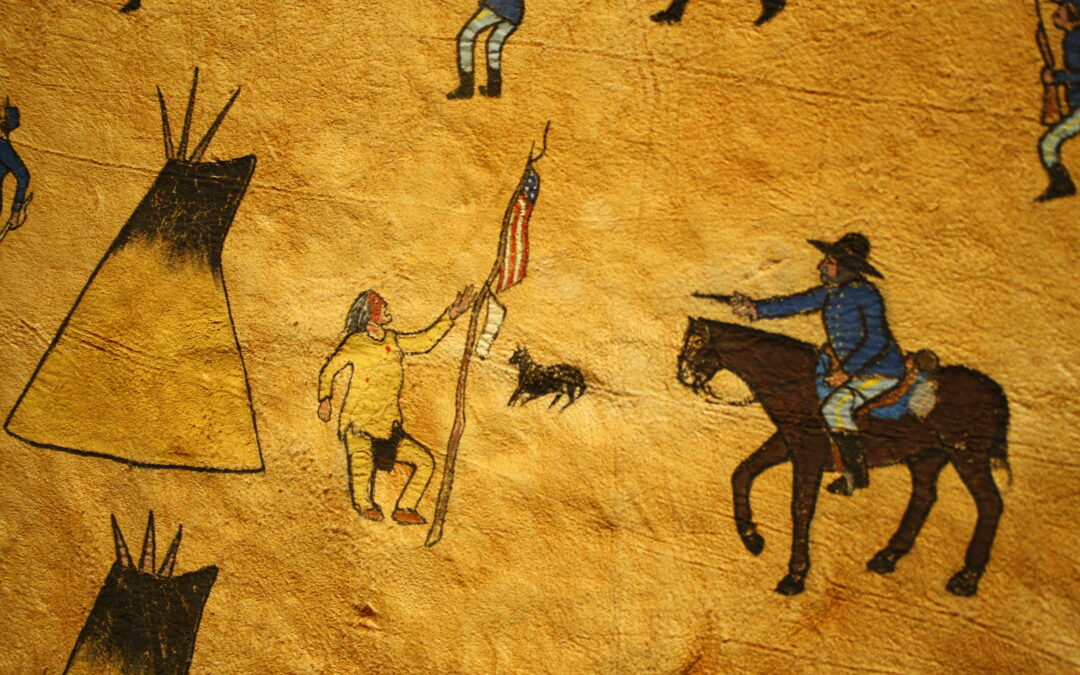
The Sand Creek Massacre: Silas Soule and Joseph Cramer
The Sand Creek Massacre, occurring on November 29, 1864, was one of the most infamous incidents of the Indian Wars. Initially reported in the press as a victory against a bravely fought defense by the Cheyenne, later eyewitness testimony conflicted with these reports, resulting in a military and two Congressional investigations into the event. Two of those eyewitnesses were cavalry officers Capt. Silas Soule and Lt. Joseph Cramer who had the courage to order their men not to take part in the slaughter. It was these two that were also the driving force in getting the government to conduct more in-depth investigations on what really happened at Sand Creek. Conflicts and Tensions Before the Sand Creek Massacre The causes of the Sand Creek massacre and other atrocities inflicted on the Indians were rooted in the long conflict for control of the Great Plains of eastern Colorado and to the river to the Nebraska border to the Cheyenne and Arapaho. Around the same time, gold and silver...
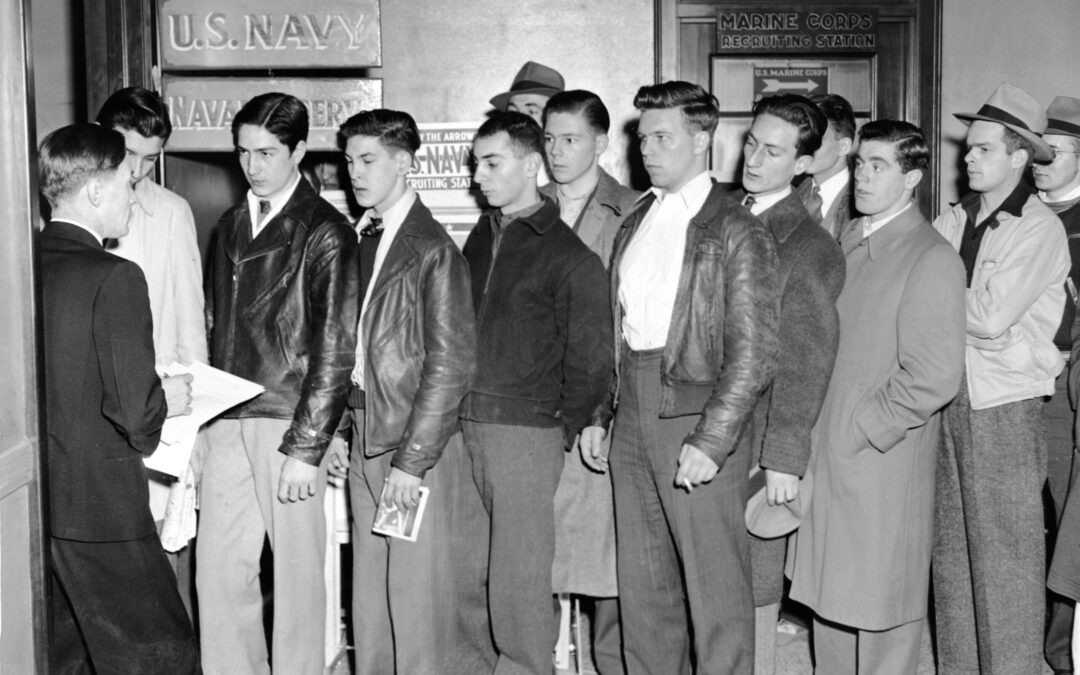
‘Only Son’ Law and the Draft
This military urban legend is only as old as World War II, and probably because out of so many Americans registered for the war, a relatively small number were actually drafted for the war. It makes sense that more than a handful might not understand why they weren't called up to serve or what the rules for being called up or passed over might be. Only Son Being Exempt from the Draft When the war ended, a number of myths and legends began to circulate. Stories about things that happened during the war were repeated time and again, spreading far and wide. Most of them were true - or started out as true. Like a large game of veteran telephone, some stories got a little distorted. The legend of only children being exempt from the draft is one of those stories that began with a true story but morphed into something else entirely. Over the course of World War II, 49 million men registered for the draft in the United States. More than 407,000 service members were killed, and more...
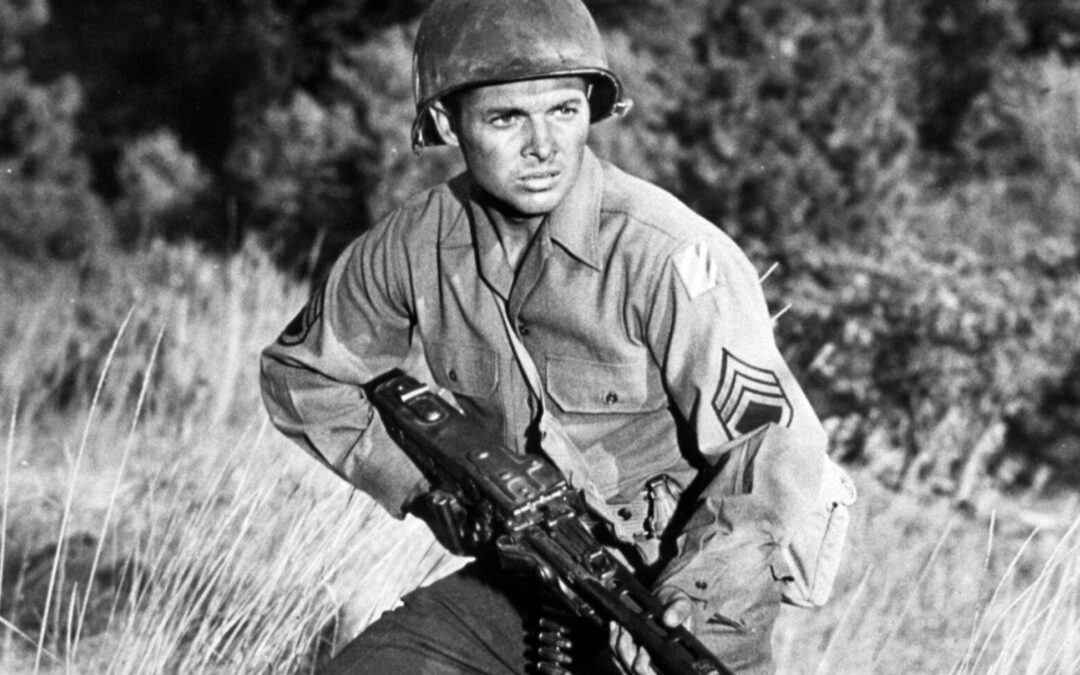
The Legendary Audie Murphy
The U.S. Army's history is filled with heroes, battlefield legends, and stories that seem like they could only come from the minds of Hollywood screenwriters. There are few larger-than-life tales of greatness bigger than that of World War II legend Audie Murphy, whose battlefield daring became an instant silver-screen classic – starring Audie Murphy himself. Audie Murphy: Medal of Honor, Movies and Advocacy Murphy's early life did not suggest a life destined for greatness. He was the son of a Texas sharecropper who abandoned his family and a mother who died when he was a teen. Young Audie left school in the fifth grade to work in cotton fields and hunt game to help support his family. He joined the military in 1941, just days after the United States entered World War II. At the age of 16, he was technically too young to serve but forged papers allowed him to make it past the recruiter's office. Even so, he was turned down by every branch for being too small. Luckily for...
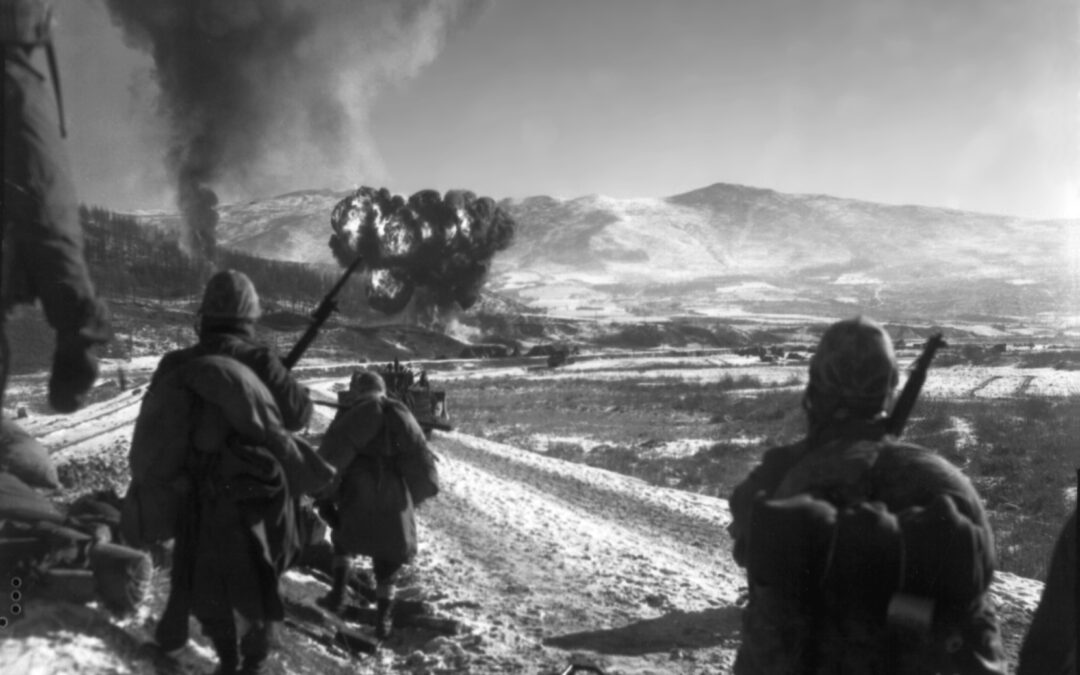
Korean War – The Chosin Reservoir
Few battles loom as large in modern Marine Corps history, like the Battle of Chosin Reservoir. A massive, combined force of U.S. Marines and U.S. Army soldiers, along with troops from Britain and South Korea, suddenly found themselves surrounded, outnumbered by around four-to-one and forced to fight their way out while enduring subzero temperatures and often knee-deep in snow. The "Frozen Chosin" and Strategic Consequences The "Frozen Chosin" may not get a specific mention in the Marines' Hymn, but it was a defining moment for the Corps. For any other fighting force, being surrounded and outnumbered might have been a disaster. For the men of the 1st Marine Division, it simply meant they would be attacking in a different direction. Either side could technically claim victory; the Chinese People's Volunteer Army did manage to retake the battlefield, but not before suffering unbelievable losses in what devolved into a brutally cold slugfest at the hands of United States Marines....
Adm. David G. Farragut, U.S. Navy (1810-1870)
We've all heard the phrase, "damn the torpedoes, full speed ahead" at some point in our lives. We may have even used it ourselves. But do we know what it actually means, aside from being a really cool thing to say right before you do something insane, irrational, or both? If you're a fan of U.S. Navy history, you might know it was the command barked by David Farragut during the Civil War Battle of Mobile Bay in 1864. The Legacy of Adm. David G. Farragut Badass orders weren't the only legacy Farragut left behind. He served some 60 years in the U.S. Navy. Farragut was also the reason Congress created new flag officer ranks for the Navy and is also probably the only naval officer that had to be tied down by his crew for his own safety. The life of Admiral David Farragut is a case study in favor of the old axiom "Fortune favors the bold." Farragut joined the U.S. Navy at age nine, becoming a midshipman in 1810. During the War of 1812, he was aboard the frigate USS Essex, wreaking havoc...
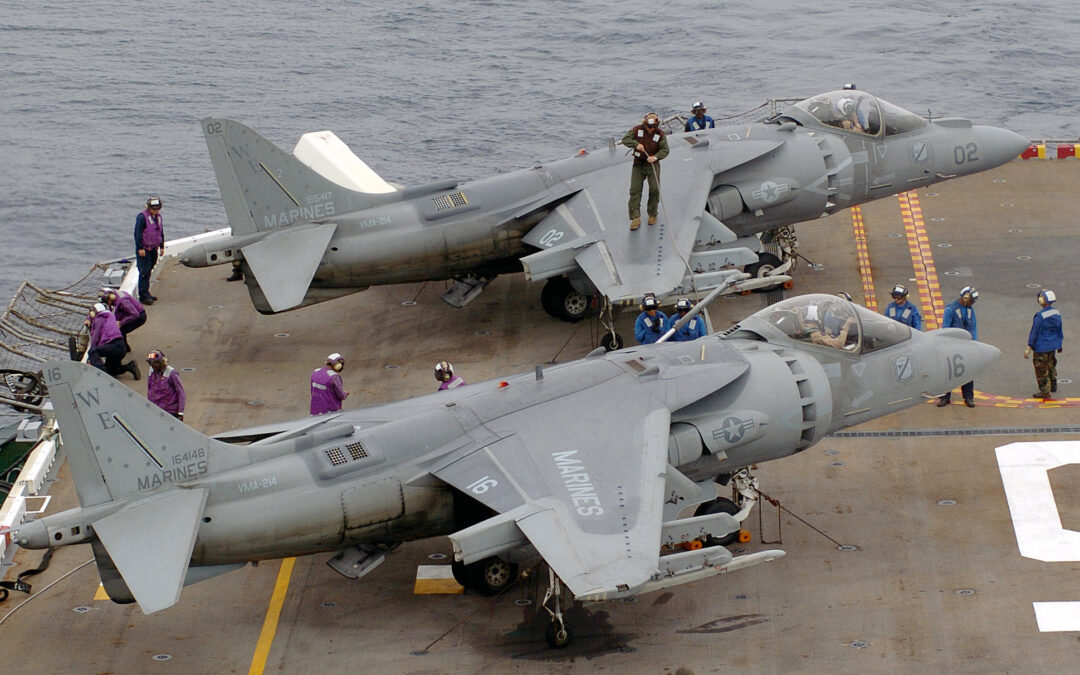
Famous Marine Corps Unit: VMFA-214 (The Black Sheep Squadron)
"…We are poor little lambsWho have lost our way?Baa! Baa! Baa!We are little black sheepWho have gone astray.Baa! Baa! Baa!Gentlemen songsters off on a spreeDamned from here to eternityGod have mercy on such as we.Baa! Baa! Baa!" From Espiritu Santo, the Squadron was moved forward to Guadalcanal and Henderson Airfield in the Solomon Islands. At first, the Squadron was not assigned aircraft or ancillary personnel; its pilots flew to Guadalcanal and later the Russell Islands in borrowed planes. From Guadalcanal, they would be moved to Munda and Vella Lavella. Originally, the Squadron called itself "Boyington's Bastards" after its new commander, for the fact that all the pilots had been "orphans" and not attached to a squadron when they got together, and the fact they possessed few reliable planes and no mechanics. Although they dropped the moniker "Boyington's Bastards," the Squadron still retains the black bar of bastardy across its insignia. They chose for their badge the black shield...